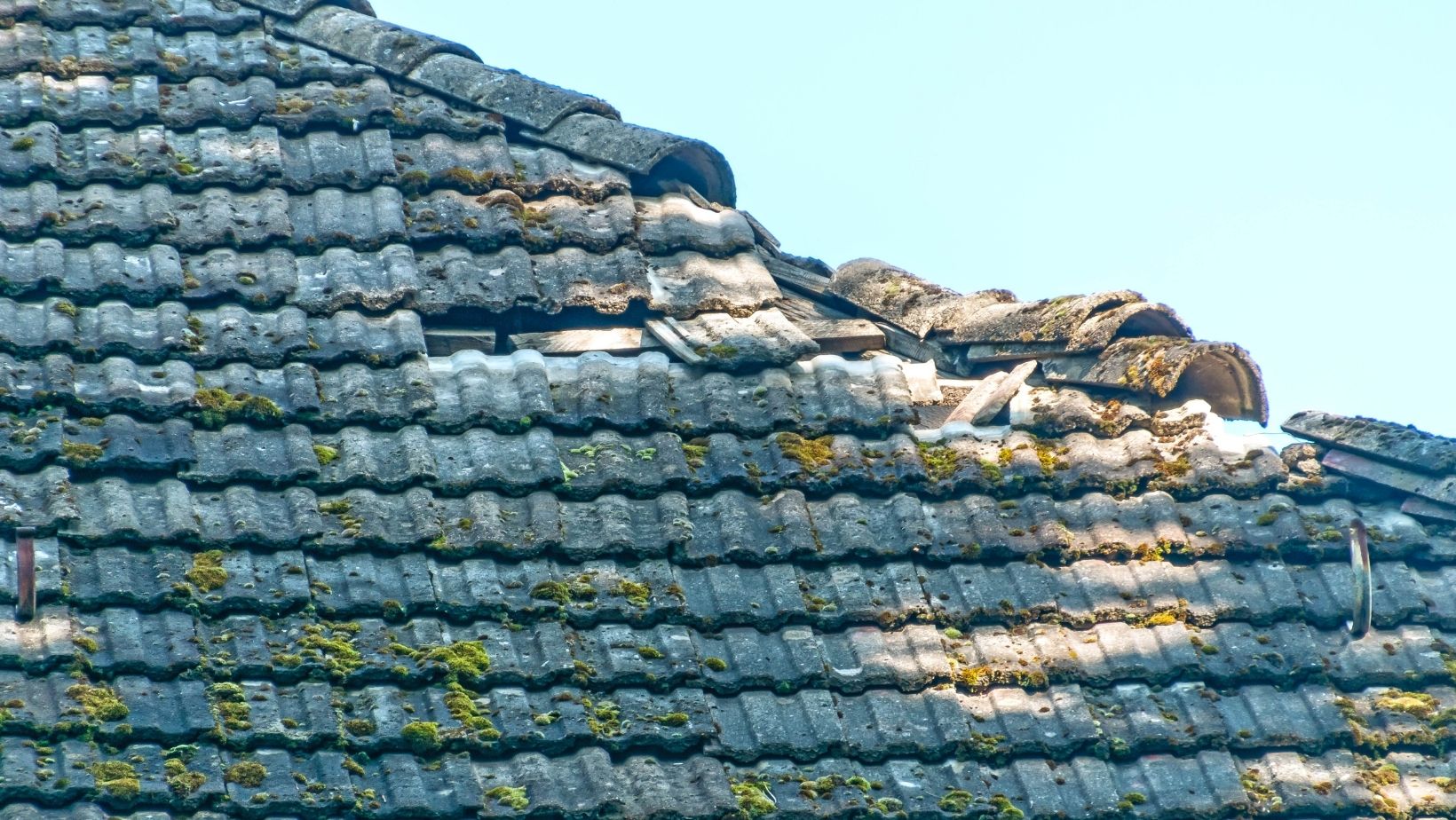
4 Types Of Ceiling Leaks And How To Repair Them
By: 911 Water Damage Experts
There can be few things as frustrating as having a leak in your ceiling but not knowing how, why, or what to do next. So, before the leak gets any worse, it’s time to act. Read on to learn why ceilings leak, what to look out for, and how to dry out a wet ceiling.
Roof Leak
Your roofing materials can leak at any time of the year, not just when it’s raining. Spring and summer rainfall can, of course, contribute to the risk, but winter provides equally as much of an opportunity for your roof to spring a leak.
When it snows, the freezing and thawing of that snow can cause ice dams to form underneath your roofing shingles. If you notice that the ceiling leak is coming from an attic or along your home’s eaves, then a leaking roof is the likely culprit of your ceiling leak.
A Plumbing Leak
If you notice that your ceiling water damage is in the vicinity of a bathroom or kitchen, then a plumbing leak could be a likely culprit. Caulk in bathrooms can often wear away over time, which can cause water to enter your walls and drip down into the ceiling.
In some other cases, plumbing connections and pipes can work their way loose. Some people may even find that during winter and summer, their pipes sweat.
Burst Pipes
Winter can be a beautiful time of the year, but it can also bring about some significant problems. If you’ve noticed a ceiling leak during the coldest part of the year, then a burst pipe could be to blame. Water in your pipes can expand, leading to pressure and a subsequent burst pipe. Take note of the temperature when you notice a leaking ceiling, for it may help you to diagnose the issue relatively quickly.
A Leaking Appliance
For the most part, our home appliances make life a lot easier. After all, we no longer have to wash our dishes or clothing by hand! And who would have thought we’d ever have the technology for our fridge to create water or ice? Still, they aren’t always perfect, as much as they bring much-needed convenience to our lives, they can cause water damage issues.
One of the most common reasons for ceiling leaks is a misbehaving appliance. Both washing machines and dishwashers have drain lines and water supply lines. And many refrigerators are now plumbed in.
Fortunately, most broken appliances will leak water out their fronts so that you can notice and act fast. But not all of them do. Sometimes, appliances will leak from the back, which causes water to drip through your ceiling if placed on the second story of your home.
How to Notice a Leaking Ceiling
https://commons.wikimedia.org/wiki/File:Ceiling_water_damage.jpg
Unlike gas leaks, ceiling leaks are, fortunately, easy to notice. That doesn’t mean they aren’t damaging, but you can at least act fast.
Water is Leaking from Your Ceiling
It goes without saying that one of the most noticeable signs that you have a ceiling leak is that water is flowing from your ceiling. Check out all your appliances and look for roof damage to quickly locate the leak.
Brown or Yellow Water Spots
If you notice one or more brown or yellow water spots, then you may have a small leak. Sometimes, little rings of these spots form where water has had a chance to enter your ceiling, dry, then leak again. The spots may be dry to touch, but they do signify a leak.
The Ceiling is Sagging
A decent sign of a reasonably severe water leak is a sagging ceiling. As water is absorbed into your ceiling materials, they start to sag from the increased weight. Drywall, plaster, and drop tile ceilings can all sag when there’s a leak.
The Paint or Plaster is Cracked or Peeling
A sure sign that you’ve got a small leak in your ceiling is when your plaster or paint is cracked or peeling. Often, water can cause the paint to bubble up or peel, while the wet plaster will crack through shrinking and expansion.
You’ve Identified the Problem, Now How Do You Dry A Wet Ceiling?
Identifying the cause of the leak and how to notice one is half the battle. You’ve now got to work out how to dry your ceiling.
1. Repair the Leak Source
It doesn’t make much sense to dry your wet ceiling without first fixing the cause of it in the first place. Otherwise, it will just keep happening. So, that process might involve fixing your roof, an appliance, a pipe, or your plumbing.
2. Dry Your Ceiling
The best way to dry a wet ceiling is by getting in touch with a company like 911 Water Damage Experts, that can take care of it for you. Residential dehumidifiers and fans simply won’t cut it. You are most likely going to need high-volume equipment that can dry out a more extensive area a lot faster.
Sometimes, 911 Water Damage Experts uses leading industry technology to ensure proper drying occurs. Making use of a moisture meter can determine whether your ceiling is now completely dry or not.
3. The Final Touches
In some cases, leaks are not devastating enough to require you to replace your ceiling panels. So, in that instance, you may be able to make small paint touch-ups and minor repairs. Remove any loose debris or dust and wipe the ceiling clean. Fill any gaps or cracks with drywall mud or plaster.
To block water spots, use a sealing primer. You can then apply two coats of paint or more while feathering it to the undamaged area of your ceiling.
Take Action Fast
One of the most critical things to understand about ceiling leaks is that they don’t stop on their own. There is always a cause – be it a pipe, roof leak, or something else. So, it’s crucial to act fast.
As soon as you notice any of the common signs of a ceiling leak, call us at 1-833-WE-DRY-IT to identify the source and start the drying and repairing process.

